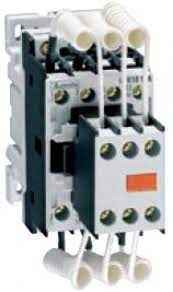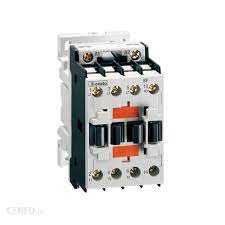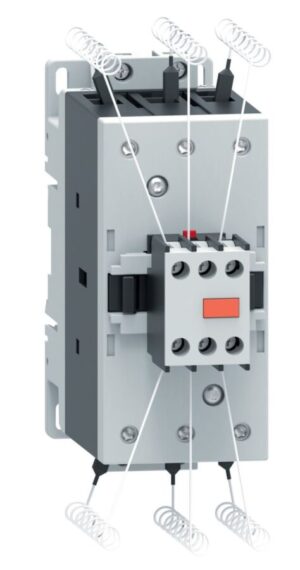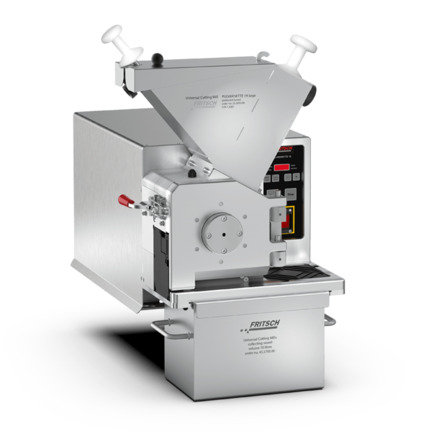Opis
Najbardziej wydajne termometry w swoim zakresie cenowym
- Jednokanałowe termometry referencyjne, dokładność do ±0.006°C (tylko miernik)
- Do wybory dwa modele —odczytujące PRTs lub termistory
- Najlepszy stosunek cena: jakość
- Akredytowana kalibracja
Specyfikacja
| 1502A | 1504 | |
| Zakres temperatury† | −200 °C to 962 °C (−328 °F to 1764 °F) | Dowolny zakres termistora |
| Zakres rezystancji | 0 Ω to 400 Ω, auto-ranging | 0 Ω to 1 MΩ, auto-ranging |
| Czujnik |
Nominal RTPW: 10 Ω to 100 Ω RTD, PRT, or SPRT |
Termistory |
|
Dokładność rezystancji (ppm odczytu) |
0 Ω to 20 Ω: 0.0005 Ω 20 Ω to 400 Ω: 25 ppm |
0 Ω to 5 KΩ: 0.5 Ω 5 KΩ to 200 KΩ: 100 ppm 200 KΩ to 1 MΩ: 300 ppm |
| Dokładność termperatury† |
±0.004 °C at −100 °C ±0.006 °C at 0 °C ±0.009 °C at 100 °C ±0.012 °C at 200 °C ±0.018 °C at 400 °C ±0.024 °C at 600 °C |
±0.002 °C at 0 °C ±0.002 °C at 25 °C ±0.004 °C at 50 °C ±0.010 °C at 75 °C ±0.020 °C at 100 °C (Using 10 KΩ thermistor sensor, a=0.04. Does not include probe uncertainty or characterization errors.) |
| Zakres termiczny pracy | 16 °C to 30 °C | 13 °C to 33 °C |
| Rozdzielczość rezystancji |
0 Ω to 20 Ω: 0.0001 Ω 20 Ω to 400 Ω: 0.001 Ω |
0 Ω to 10 KΩ: 0.01 Ω 10 KΩ to 100 KΩ: 0.1 Ω 100 KΩ to 1 MΩ: 1 Ω |
| Rozdzielczość temperatury | 0.001 °C | 0.0001 °C |
| Prąd wzbudzenia | 0.5 and 1 mA, user selectable, 2 Hz | 2 and 10 µA, automatically selected |
| Częstotliwość pomiarów | 1 second | |
| Filtr cyfrowy | Exponential, 0 to 60 seconds time constant (user selectable) | |
| Podłączenie czujnika | 4-przewodowy w ekranem , 5-pin wtyk DIN | |
| Komunikacja |
RS-232 serial standard IEEE-488 (GPIB) opcja |
|
| Wyswietlacz | 8-digit, 7-segment, yellow-green LED; 0.5-inch-high characters | |
| Zasilanie |
115 VAC (±10 %), 50/60 Hz, 1 A, nominal 230 VAC (±10 %), 50/60 Hz, 1 A, nominal, specify |
|
| Size (HxWxD) | 61 x 143 x 181mm (2.4 x 5.6 x 7.1 in) | |
| Waga | 1.0 kg (2.2 lb.) | |
| Probes from Fluke Calibration | 5615, 5627, 5626, 5628, 5622 | 5640-44, 5610-65 |
| Calibration | ISO 17025-accredited calibration provided | |
| †Temperature ranges and accuracy may be limited by the sensor you use. | ||
















